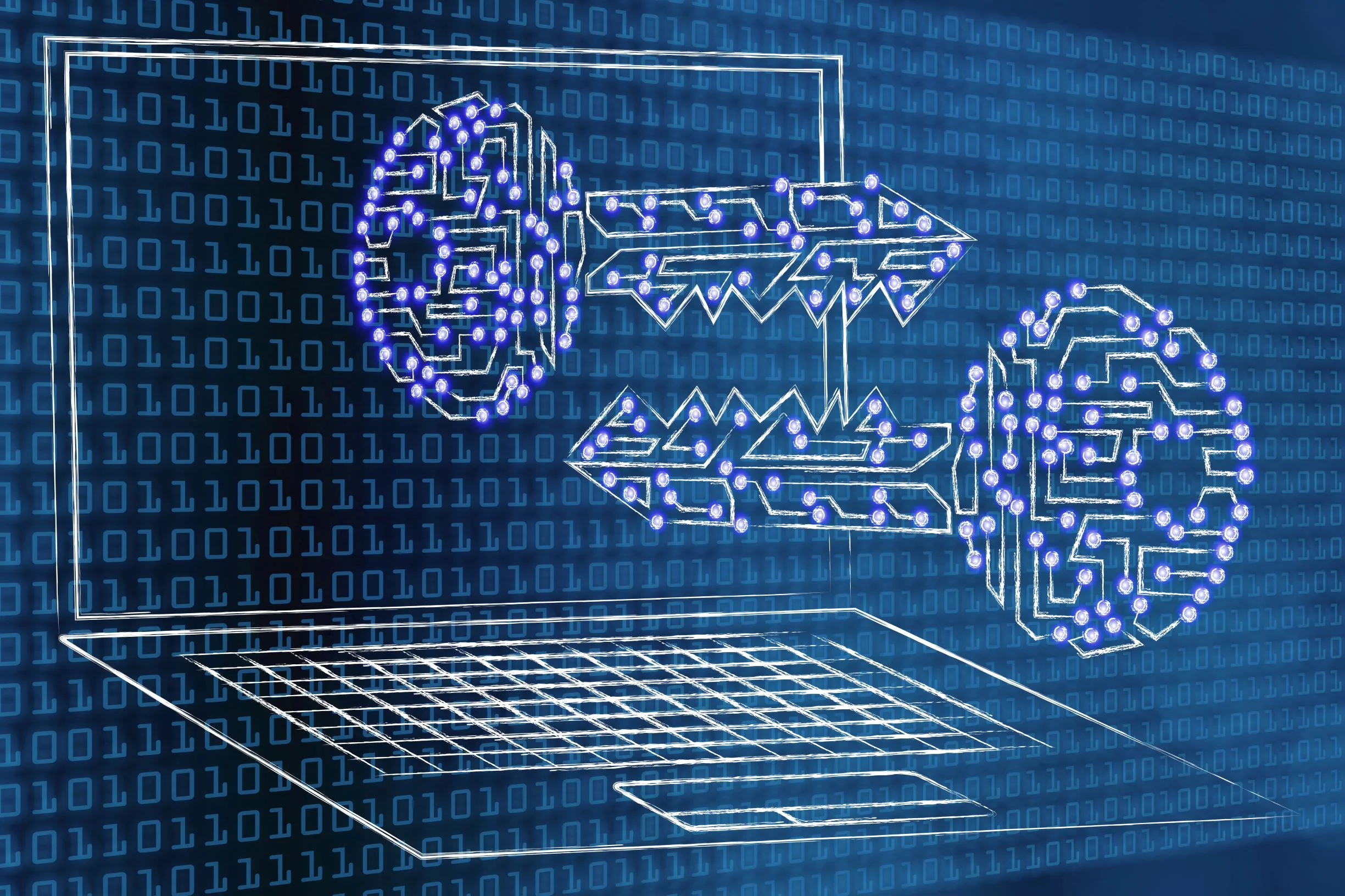What is Cryptography?
Cryptography can be defined as the use of codes and ciphers to protect sensitive communication.
Although more understood in recent decades, classic cryptography that is methods of encryption that use pen and paper and are literally thousands of years old.
In the early 20th century, the invention of complex mechanical and electro-mechanical machines, such as the Enigma rotor machine, provided more sophisticated and efficient means of encryption; and the subsequent introduction of electronics and computing has allowed elaborate schemes of still greater complexity.
The development of cryptography has been paralleled by the development of cryptanalysis — the "breaking" of codes and ciphers. The discovery and application, early on, of frequency analysis to the reading of encrypted communications has, on occasion, altered the course of history. Thus the Zimmermann Telegram triggered the United States' entry into World War I; and Allied reading of Nazi Germany's ciphers shortened World War II, in some evaluations by as much as two years.
Until the 1970s, secure cryptography was largely the preserve of governments. Two events have since brought it squarely into the public domain: the creation of a public encryption standard (DES), and the invention of public-key cryptography.
Public Key and Asymmetric Cryptography
Public-key cryptography, or asymmetric cryptography, is a cryptographic system that uses pairs of keys: public keyswhich may be disseminated widely, and private keys which are known only to the owner. The generation of such keys depends on cryptographic algorithms based on mathematical problems to produce one-way functions. Effective security only requires keeping the private key private; the public key can be openly distributed without compromising security.
In such a system, any person can encrypt a message using the receiver's public key, but that encrypted message can only be decrypted with the receiver's private key.
Robust authentication is also possible. A sender can combine a message with a private key to create a short digital signature on the message. Anyone with the corresponding public key can combine a message, a putative digital signature on it, and the known public key to verify whether the signature was valid, i.e. made by the owner of the corresponding private key.
Public key algorithms are fundamental security ingredients in modern cryptosystems, applications and protocols assuring the confidentiality, authenticity and non-repudiability of electronic communications and data storage. They underpin various Internet standards, such as Transport Layer Security (TLS), S/MIME, PGP, and GPG. Some public key algorithms provide key distribution and secrecy (e.g., Diffie–Hellman key exchange), some provide digital signatures (e.g., Digital Signature Algorithm), and some provide both (e.g., RSA).

